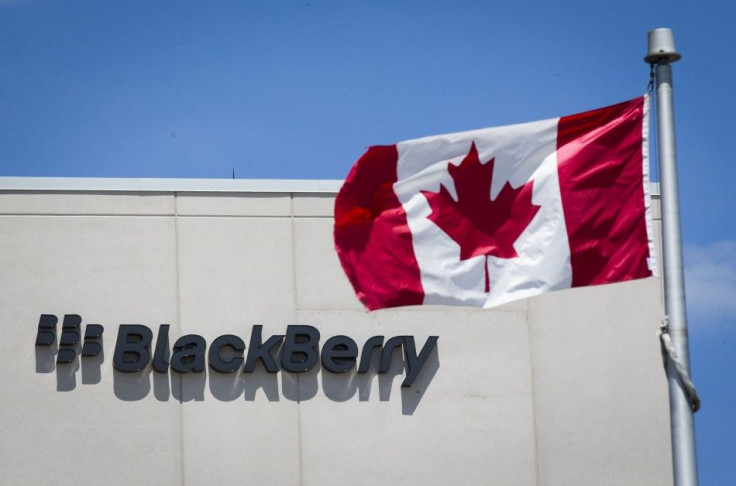HTC Desire 816 vs. BlackBerry Z30 – Specifications, Features And Price Showdown

The HTC Desire 816 was released in the first quarter of 2014, whereas the BlackBerry Z30 was released in Oct. 2013. Readers who are interested in the HTC Desire 816 or the BlackBerry Z30 should check out this specifications, features and price comparison.
Display, Exterior And Size
The BlackBerry Z30 features a 5.0-inch Super AMOLED display bundled with a screen resolution of 720 x 1,280 pixels and 294 ppi pixel density. The HTC Desire 816, on the other hand, comes with a whopping 5.5-inch Super LCD2 display along with the same resolution as Z30 and 267 ppi pixel density.
The HTC Desire 816 comes with a glossy polycarbonate plastic exterior unlike the metallic look of the high-end HTC One M8. Nevertheless, the matte effect surrounding the corners of the phone provides a solid, likeable look to the handset, according to Trusted Reviews. The Blackberry Z30, on the other hand, features a soft-touch back and subtle stripes on the exterior. Moreover, the BlackBerry handset comes with a unique Natural Sound technology that provides realistic sound quality to BBM Video conversations.
The thickness and the weight of BlackBerry Z30 are 0.37-inch and 170 g respectively, whereas the HTC Desire 816 is 0.31-inch thick and weighs 165 g.
Hardware, Software And Memory
The BlackBerry Z30 is powered by a dual-core (Qualcomm Snapdragon S4 Pro) Krait 300 processor, clocked at 1.7 GHz. Whereas the HTC Desire 816 is powered by a quad-core (Qualcomm Snapdragon 400) Cortex-A7 processor clocked at 1.6 GHz. Furthermore, the BlackBerry Z30 houses a good 2 GB of RAM, while the HTC Desire 816 houses a relatively inferior 1.5 GB of RAM.
The HTC device runs on Android v4.4.2 KitKat OS along with HTC's Sense 6.0 UI, while the BlackBerry Z30 runs on BlackBerry 10.2 OS (upgradable to 10.2.1 OS). When it comes to memory, BlackBerry handset offers 16 GB of internal storage, whereas the HTC handset offers 8 GB of in-built storage. While the BlackBerry Z30 supports microSD card for expansion up to 64 GB, the HTC Desire 816 supports up to 128 GB.
Camera And Battery
The HTC handset sports a 13 MP rear-facing camera with LED flash, whereas the BlackBerry phone houses an 8 MP primary camera unit with LED flash. When it comes to secondary camera, the Z30 and the Desire 816 house a 2 MP and 5 MP shooters respectively.
Furthermore, the BlackBerry Z30 houses a good Li-Ion 2880 mAh battery, whereas the HTC Desire 816 comes with a relatively inferior Li-Ion 2600 mAh battery unit. However, both the batteries are not user-replaceable.
Connectivity, SIM And Colour
Both the phones come equipped with Bluetooth v4.0, Wi-Fi 802.11, Wi-Fi hotspot, microUSB port and NFC support. In addition, the BlackBerry Z30 supports micro HDMI port, whereas the Moto X doesn't. While the BlackBerry handset supports micro-SIM, the HTC handset supports nano-SIM. Furthermore, several variants of the HTC Desire 816 come with dual-SIM support.
When it comes to colour, the Desire 816 comes in black, white, red, green and gray, whereas the BlackBerry Z30 comes in the standard black and white shades.
Price
The HTC Desire 816 (4G LTE) is priced at AU$429.95 in Australia. The BlackBerry Z30 (4G LTE), on the other hand, is priced at AU$459.95.
Also Read
1. Flappy Bird's Unputdownable Successor 'Swing Copters' In The Offing; Release Date Confirmed For Aug 21 [Watch Video] - [Read]
2. Metal-Clad Lenovo Vibe Z2 Pro (aka Lenovo K920) Features 6-Inch Display, Dual-SIM, 4000-mAh Battery And Very Thin Profile - [Read]
3. LG To Debut 21:9 Curved IPS Monitor In September; 34-Inch, 31-Inch And 24-Inch Gaming Monitors In The Offing - [Read]




















